A Guide to The Science of Sourdough Starters
Sep 12, 2023 By Susan Kelly
Are you someone who developed a new-found love for baking and now wants to bake sourdough bread at home? While making sourdough bread is easy, having a sourdough starter is essential to bring together the recipe.
While we know you can easily find it at the local mart or borrow some from a friend. Why not give it a try to make it at home? Sourdough starters are easy to make and don't require much effort. Want to know more about these? We have an article concluded for you.
What is a Sourdough Starter?
A sourdough starter consists of fermented flour and water, blending a steady combination of helpful bacteria and yeasts. The combination, once made, is continually maintained with regular feedings (refreshments) and is used to leaven or bring flavor to a new dough bread.
This particular aspect is one of the core foundations of home baking. It helps bring a flavorful enhancement and beautiful rise to your bread and other baked goods. Want to know more about this fantastic essential of baking and how its concept came into existence? Well, hop on below.
How Did the Concept of Sourdough Begin?
Like many other ferments, the history of sourdough starters also dates back to more than a thousand years ago. Its first indication of appearance was in 3700 BCE in Lausanne, Switzerland. However, according to researchers, the sourdough starter only lasted for about 150 years before the baking world was taken over by commercial yeast.
For years, people relied on commercial yeast for making baked goods, but it was the occurrence of the pandemic that changed this. In recent times, yeast is nowhere to be seen on shelves in the markets, and the concept of making sourdough starters has officially remerged.
Sourdough Starters vs. Commercial Bakers Yeast
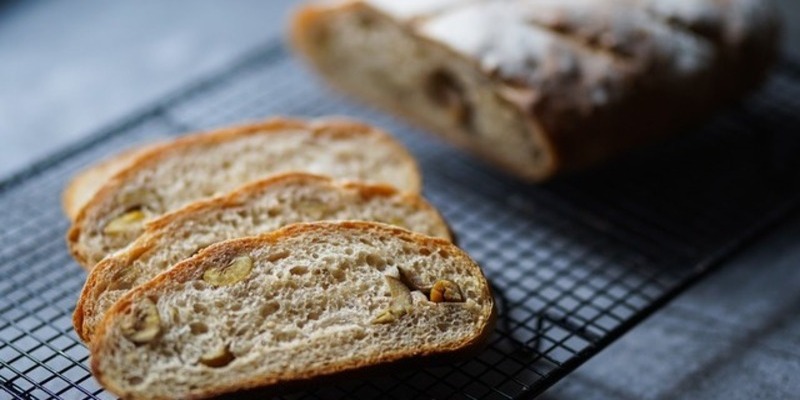
Taste a piece of bread made from a sourdough starter and another made from commercial yeast, side by side. You will notice a difference. The primary reason is that bread made from commercial yeast holds a very sweet, beer-like aroma that dominates the bread.
However, bread made from sourdough starters is neutral and lets the authentic flavors of bread surface. So, when tasting these breads side by side, sourdough starter breads will taste better because they are more flavorful and aromatic and can offer a wider range of flavors than commercial yeast.
How do the Sourdough Starters Work?
Now that you understand how a sourdough starter differs from a commercial yeast, how about learning how these starters work? Well, these starters begin working when you mix liquid and flour. Mixing these two components aids in activating the friendly bacteria and wild yeast that live in your flour and the surrounding environment.
When the activation is enabled, the microorganisms start producing carbon dioxide. This plays a crucial role in helping your bread rise. Given this is a natural process, the bread made from sourdough starter takes longer to levene than bread made from store-bought yeasts.
How to Know Whether or Not Your Sourdough Starter is Ready for Usage?
Not only do sourdough starters take longer to get ready, but they also take time to develop before they are perfect for use. This brings us to the question of when we have made a sourdough starter, how would we know when it will be ready?
While there are many ways to test this, we will enlighten you on the two most basic ones. When your starter rises double or triple in size within 4-8 hours of feeding it, it has ripened or matured.
Another way to test whether or not your sourdough starter is ready to use is through a float test. In this method, one should add a spoonful of sourdough starter to a glass of water. If the starter begins to float in the water, it has matured and is ready to use.
Why Do I Have to Feed My Sourdough Starter?
While it may sound weird, feeding your starter is essential because it is alive! Yes, the yeast and healthy bacteria present in the starter snack on the carbohydrates from the flour you feed it. This will also create an acidic environment along with gases and alcohol.
Maintaining a regular feeding schedule for your starter is essential to keep it healthy. However, you do not have to feed it forever. There will come a time when your starter will be strong enough for you to pop it in your fridge for longer periods.
What Can I Make with My Sourdough Starter?
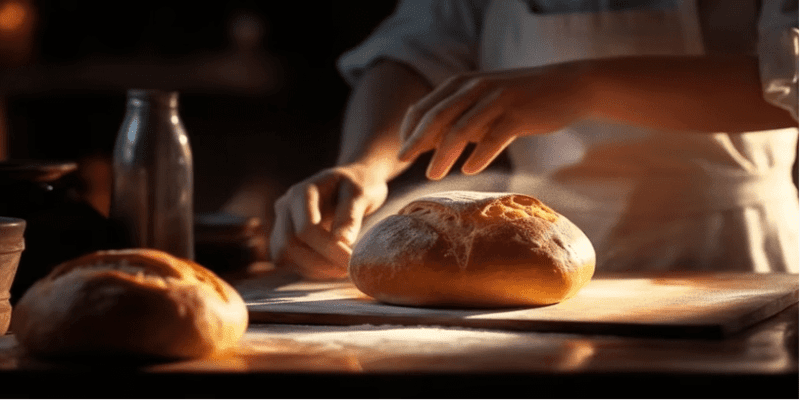
While it is evident that the sourdough starter helps make sourdough, its use isn't limited to this. You can use a sourdough starter to replace commercial yeast in any baking good you want. It is easy to make and store and would last a long time. Moreover, it is a much more flavorful, healthier, and safe option than the commercial yeast we find in the market.
How to Know if my Sourdough Starter is Expired?
If you feel like your sourdough starter has gotten bad but want to verify it, then try looking for these indications:
- It will start smelling like acetone. While naturally sourdough bread is meant to smell sour, the smell is relatively cleaner when sniffed.
- It will have a visible production of molds or will start turning pink or orange on the sides.
Conclusion
Sourdough starters are the star of any baking goods. If you are planning to ditch the old commercial yeasts for baking and adapt to this healthier and safer method, then we are sure you must have had questions. If this article helped answer all your sourdough starters queries, we are glad to be at your service.
-
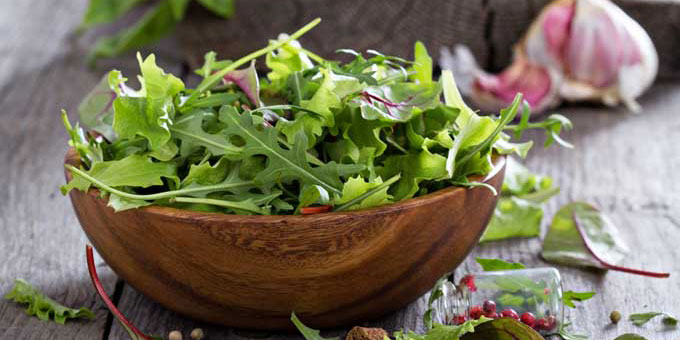 Feb 13, 2023
Feb 13, 2023Everything You Should Know About Bottled Salad Dressings
Bottled salad dressings are a great way to increase your vegetable consumption in 2023. They’re convenient, time-saving, and a delicious way to make veggies taste amazing. So, next time you’re looking to add more veggies to your diet, consider incorporating one of these delicious bottled salad dressings into your routine
-
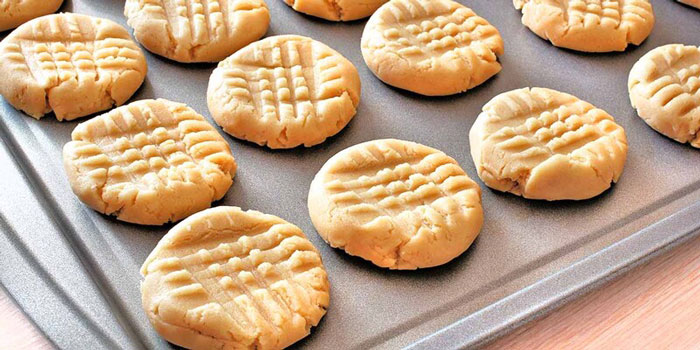 Feb 14, 2023
Feb 14, 2023Advice On How To Bake Better Cookies For Your Next Batch
Use room temperature butter for better spreading, and mix ingredients thoroughly. Use high-quality ingredients such as vanilla extract, baking soda, and flour. Chill the dough for 30 minutes for thicker, chewier cookies. Experiment with different sugar ratios for desired crispness or softness. Don't over-bake. Take cookies out of the oven when they're just starting to brown. Allow cookies to cool on the baking sheet for 2-3 minutes before transferring them to a wire rack.
-
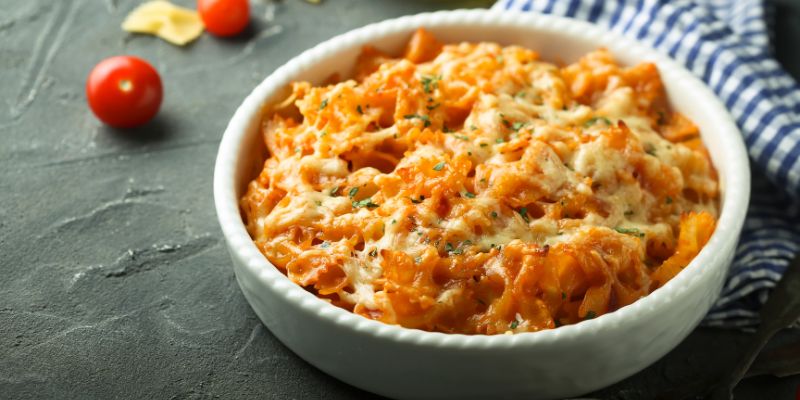 Sep 01, 2023
Sep 01, 2023Creamy and Cheesy Boursin Baked TikTok Pasta Recipe
This easy 30-minute Baked Boursin TikTok Pasta recipe transforms penne with creamy garlic and herb Boursin cheese sauce you'll want to eat repeatedly.
-
 Sep 13, 2023
Sep 13, 2023The Smoke Point: What It Is and How It Affects Your Cooking
Do you want to know what is smoke point and the importance of smoke point? Read this article to find out and become a master of culinary!
